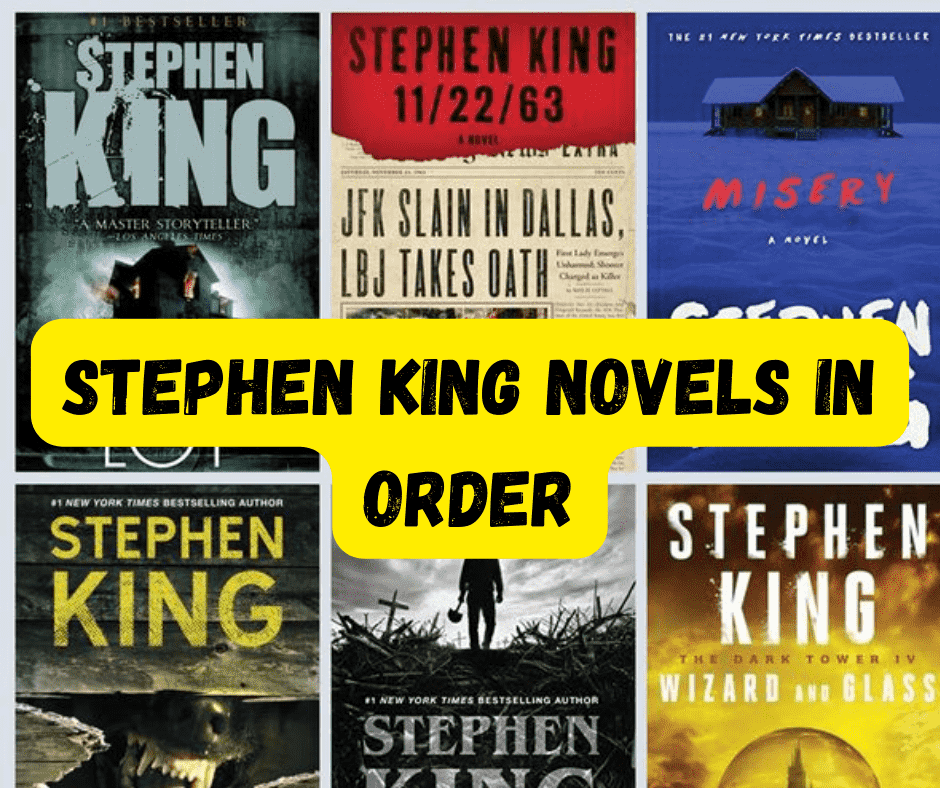
Writing
Crafting a captivating adventure story requires careful planning, creativity, and attention to detail. In this article, we’ll explore 12 essential tips and 8 key elements that can help you How to Write an Adventure Story that will have readers eagerly turning the pages.
Understanding the Adventure Story Genre
Before we dive into the tips and essential elements of How to Write an Adventure Story, it’s essential to understand the genre. Adventure stories are a type of fiction that typically involves a protagonist embarking on a dangerous journey or quest. The story is filled with excitement, action, and often a race against time to save the day. The genre has been popular for centuries, including sub-genres like survival, treasure hunting, and exploration.
Adventure stories often occur in exotic or remote locations, with the protagonist facing significant obstacles and challenges. The genre is characterized by fast-paced action, suspense, and high stakes, making it a thrilling and exciting read. Now that we understand the adventure story genre better let’s dive into the 12 tips and eight essential elements of writing a compelling adventure story.
Tip 1 for how to Write an Adventure Story: Choose a Captivating Premise
The first step in writing an adventure story is to choose a captivating premise that will grab your reader’s attention. Your premise should spark the reader’s curiosity and make them want to know more, much like the best horror authors know how to hook their audience from the first page. much like the best horror authors know how to hook their audience from the first page. It could be a treasure hunt, a survival story, or a quest to save the world. Whatever it is, make sure it’s exciting and original.
Tip 2 for how to Write an Adventure Story: Develop a Strong Protagonist
Your protagonist is the heart of your story, and it’s essential to create a character your readers will care about. Develop a strong and relatable protagonist that will resonate with your audience. Your protagonist should have a clear goal or objective and be willing to risk everything to achieve it.
Tip 3 for how to Write an Adventure Story: Create Compelling and Diverse Characters
In addition to your protagonist, you should also develop a cast of diverse and compelling characters. Your supporting characters should have unique personalities, motivations, and backgrounds that add depth and complexity to your story.
Tip 4 for how to Write an Adventure Story: Establish the Setting and Atmosphere
The setting and atmosphere of your adventure story play a crucial role in creating a sense of immersion for your readers. Choose a unique and interesting location, and use descriptive language to establish the atmosphere. Whether it’s a jungle, a deserted island, or a mountain range, make sure your setting adds to the tension and excitement of your story.
Tip 5 for how to Write an Adventure Story: Build Tension and Conflict
Adventure stories thrive on tension and conflict, so it’s important to keep your readers on the edge of their seats, similar to the suspense found in American Horror Story. Introduce obstacles and challenges that test the limits of your protagonist and push them to their breaking point. Conflict can come from external sources, like a villain or a natural disaster, or internal struggles, like self-doubt or fear.
Tip 6 for how to Write an Adventure Story: Incorporate Plot Twists and Surprises
Keep your readers engaged by incorporating plot twists and surprises throughout your story, akin to the unexpected turns in short film scripts. Subvert their expectations and challenge their assumptions to keep them guessing. Surprises will keep your readers invested in your story, whether it’s a sudden betrayal or an unexpected twist in the plot.
Tip 7 for how to Write an Adventure Story: Use Sensory Language to Immerse Readers in the Story
Sensory language is a powerful tool that can help immerse your readers in the world of your story. Use descriptive language that engages all five senses to create a vivid and compelling experience. Whether it’s the smell of the ocean, the taste of exotic food, or the feel of a hot desert wind, sensory language can help bring your story to life.
Tip 8 for how to Write an Adventure Story: Write Concise and Impactful Dialogue
Dialogue is an essential part of any adventure story, but it’s important to keep it concise and impactful. Avoid unnecessary exposition and focus on the dialogue that moves the plot forward or reveals important information about the characters. Make sure your dialogue is realistic and true to the character’s voice, and use it to reveal the emotions and motivations of your characters.
Tip 9 for how to Write an Adventure Story: Pay Attention to Pacing and Structure
Pacing and structure are essential elements of any adventure story. Keep the story moving forward by controlling the pacing of your scenes and chapters. Use cliffhangers and other dramatic devices to keep your readers engaged, and make sure the structure of your story is well-organized and easy to follow.
Tip 10 for how to Write an Adventure Story: Edit Ruthlessly and Polish Your Story
Editing is an essential part of the writing process, and it’s especially important when it comes to adventure stories, much like the detailed work involved in writing an amazing white paper. Ruthlessly edit your story to cut out unnecessary elements and ensure your pacing and structure are sound. Polish your writing to make sure it’s clear and concise, and use beta readers or an editor to help identify any potential issues.
Tip 11 for how to Write an Adventure Story: Use Action-Packed Scenes to Keep the Story Moving
Adventure stories are all about action, so make sure to include plenty of exciting scenes that keep the story moving forward.
Tip 12 for how to Write an Adventure Story: Build Suspense and Foreshadowing
One of the most effective ways to keep readers engaged in an adventure story is to build suspense and foreshadowing. Drop hints and clues throughout the story that hint at what’s to come, and use suspenseful scenes to keep readers guessing. A Ghostwriting Company provides writing services to clients who want to publish written work under their name without having to do the writing themselves.
The 8 Essential Elements of an Adventure Story
In addition to the tips above, there are eight essential elements that every adventure story should have. These elements are the building blocks of a compelling adventure story and will help ensure your story is exciting and engaging.
Element 1: A Clear Goal or Objective
Your protagonist should have a clear goal or objective that drives the plot forward. Whether it’s finding a lost treasure or rescuing a loved one, the objective should be specific and compelling. Copywriting is the art and science of writing persuasive content that motivates people to take action.
Element 2: A Sense of Danger and Risk
Adventure stories are all about danger and risk, so make sure your story has plenty of both. Whether it’s facing off against a deadly foe or navigating treacherous terrain, your protagonist should be in constant danger.
Element 3: Conflict and Obstacles
Conflict and obstacles are essential elements of any adventure story. Your protagonist should face a series of challenges that test their skills and resolve, forcing them to grow and change throughout the story.
Element 4: A Journey or Quest
Adventure stories often involve a journey or quest, whether physical or metaphorical. This journey should be challenging and transformative for the protagonist, pushing them to their limits and revealing new depths to their character.
Element 5: Characters with Unique Personalities and Motivations
Your adventure story should have a cast of characters with unique personalities and motivations. Each character should have its arc and contribute to the overall story meaningfully.
Element 6: High Stakes and Consequences
The stakes should be high in your adventure story, with real consequences for failure. Whether it’s the world’s fate or the protagonist’s future, the consequences of failure should be significant and meaningful.
Element 7: Epic Scope and Scale
Adventure stories often involve epic scope and scale, whether exploring a vast wilderness or battling an army of villains. Your story should have a sense of grandeur and spectacle, drawing readers in with its sheer scale, not unlike the epic narratives found in the best autobiographies.
Element 8: Resolutions and Closure
Finally, your adventure story should have satisfying resolutions and closure. By following the tips and incorporating the essential elements outlined in this article, you can craft a compelling and exciting adventure story to keep your readers on the edge of their seats, similar to the engaging reads found in book marketing ideas.
Key Characteristics and Profound Details
| Adventure Storytelling Facet | Key Considerations | Creative Insights |
|---|---|---|
| Crafting the Premise | Establish an intriguing and original concept. | Draw inspiration from diverse genres and real-world adventures. |
| Character Development | Create a strong, relatable protagonist and a diverse cast. | Explore deep character arcs and conflicting motivations. |
| Vivid Settings | Utilize unique, dynamic locations. | Blend real-world geography with imaginative landscapes. |
| Tension and Conflict | Integrate continuous obstacles and challenges. | Use conflict to drive character growth and plot progression. |
| Narrative Twists | Incorporate unexpected plot developments. | Blend traditional adventure tropes with innovative ideas. |
| Sensory Engagement | Use descriptive, sensory-rich language. | Create immersive experiences through detailed world-building. |
| Pacing and Structure | Maintain a balance of action and narrative flow. | Use pacing to enhance suspense and engage readers. |
Conclusion
Writing an adventure story requires skill, creativity, and imagination. By following the tips and incorporating the essential elements outlined in this article, you can craft a compelling and exciting adventure story to keep your readers on the edge of their seats. Remember to pay attention to setting, tension, plot twists, sensory language, dialogue, pacing, and structure, and use the essential elements of a clear goal, danger, and risk, conflict and obstacles, a journey or quest, unique characters, high stakes, epic scope, and closure to create a story that resonates with readers.









Leave a Reply